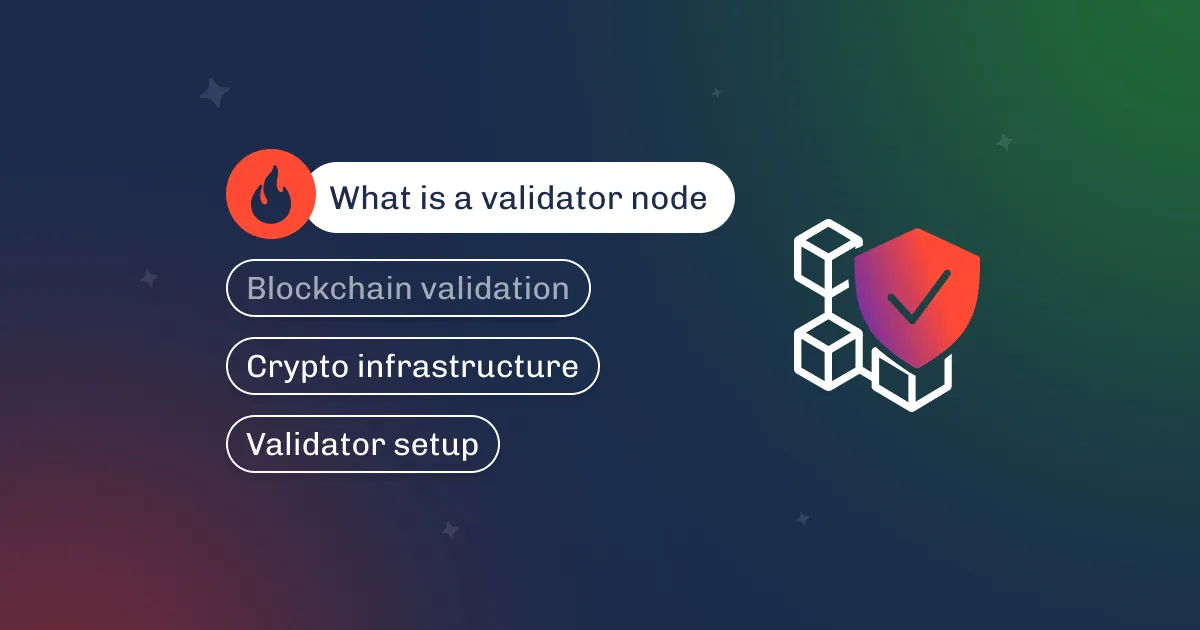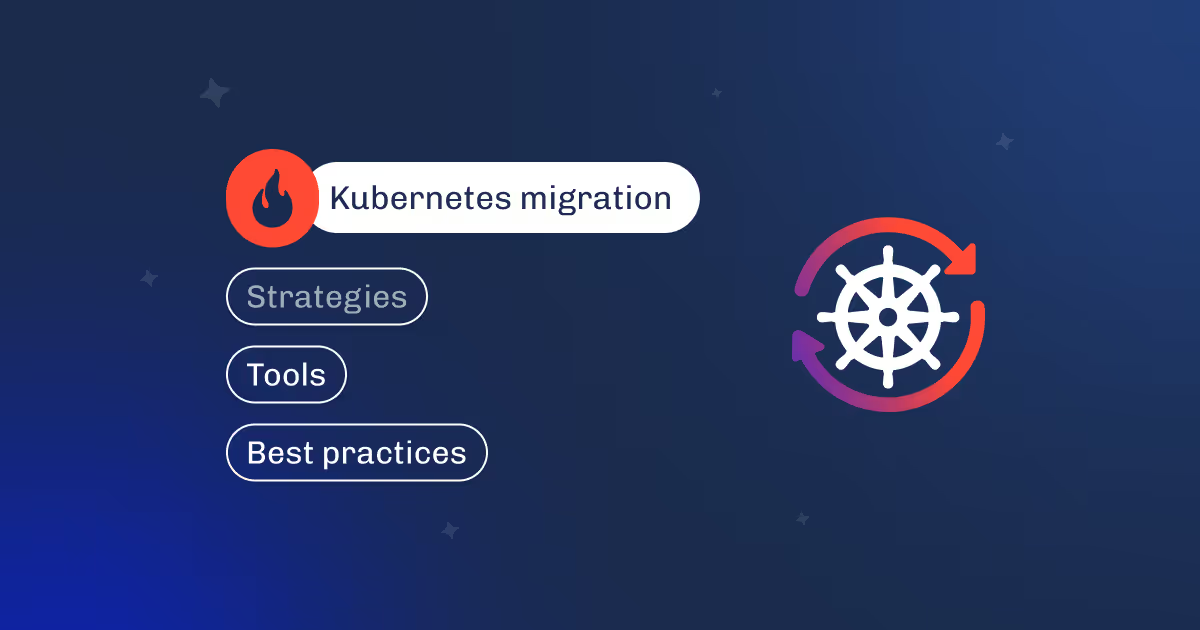

Does overspending become your norm when it comes to cloud resources? Well, you’re not alone. According to Flexera's 2023 State of the Cloud report, 82% of enterprises list managing infrastructure expenses as their top priority, yet 30% of that cloud spend is wasted.

30% of wasted cloud spend is a massive hole in the IT budget, all in all. Things get more dramatic when the other part of the budget is invested in some kind of innovation, while cloud costs are still a dragon that can make all those improvements senseless.
Stop innovating at all? No, start optimizing your cloud expenses correctly and at full scale. Because if you save 1% of your infrastructure bill, it’ll barely scratch the surface. That’s why we say push it further than your first effort.
This article, written by our DevOps experts, FinOps practitioners, and Architects, will take you from A to Z of cloud cost optimization.
This is the short definition and the clearest one: optimizing cloud costs means minimizing expenses while maintaining the best level of performance and scalability. The structure of the cloud expenses is as follows:
| Cost component | Description | Expenses factors |
| Compute | Charges for VMs, containers, or serverless computing based on usage. | Instance type, usage duration, resource configuration |
| Storage | Costs for storing data, with prices based on type and access frequency. | Data volume, storage type (standard vs. cold), access frequency |
| Data transfer | Charges for moving data across regions or out of the cloud (egress). | Volume of data transferred, source/destination regions |
| Networking | Fees related to network services like load balancers and CDNs. | Traffic volume, number of requests, latency requirements |
| Database | Managed database service fees based on engine type and usage. | Database type, instance size, read/write operations |
| Support and Management | Costs for support plans and management tools for monitoring and alerts. | Scope of monitoring, support plan level (basic to enterprise) |
| License and Subscription | Charges for software licenses or third-party services. | Number of licenses, subscription models (SaaS) |
| Security and Compliance | Fees related to security tools and compliance features. | Security level (standard vs. advanced), audit frequency, encryption requirements |
So, what is cloud cost optimization according to this table? It’s an abyss of work, but no worries—it’s all doable. Optimizing these categories of costs leads us to the following breakdown of principles for cloud cost optimization techniques:
Another thing we need to do before getting even closer to cost optimization in the cloud is to set definitions for zones of responsibility when it comes to “cost management” or “optimization.” It’s essential to draw a clear distinction between these terms, as your team has to define roles for people, calculate specific expenses, and change them.
I like to imagine it as the difference between an everyday workout at home and one with a gym trainer.
Cloud cost management is your daily stretching in your pajamas. But your kids don’t know you’re up already, so all the activities regarding budgeting, monitoring, and forecasting cloud expenses are up to you. Your main goal is to align spending with the company's financial goals.
Cloud cost management strategies are more on the “safe side” of activity and more “bureaucratic,” if I may say so, protecting performance, generating reports, and complying with standards.
Cloud spend optimization is about coming to the strict gym trainer who fixes all the wrong angles of your body when exercising. This activity is about reducing expenses through intelligent resource use, such as using reserved or spot instances, rightsizing resources, and eliminating waste.
It requires a more profound understanding and analysis of much more than costs, moving towards deep IT infrastructure audit and analysis of data flows, etc.

Why is cloud cost optimization important in general? For most clients, cloud cost monitoring and optimization becomes like a hidden strong side that makes them more viable in the market, more long-lasting during crisis moments, and frees up inner resources for innovation and reinvesting in the company’s growth. The game to save more is to make money seemingly “from the air,” but you’ll need to spend lots of effort and even force your team habits to change before you get into constantly saving practice.
We’ll go through basic and advanced cloud cost optimization best practices. Basics are available for anyone and sound like “do good, not bad,” but they are unavoidable ABC for everyone diving into cloud cost optimization solutions.

Cloud cost reduction starts here. Implement real-time cost tracking and budget alerts. Use real-time monitoring tools according to your provider or multi-cloud trackers to control your expenses.
Perform scheduled reviews of resource usage to optimize resource efficiency and security. Do you want to know how much money drains down your pipes? Start controlling (monitoring, examining, mending, and remastering) your pipes!
This activity consists of two main parts:
You may not even need an extra-cool autoscaler for your case because of your workload patterns. Nevertheless, it has to be implemented to start saving your money.
When your business goes global, your infrastructure may hit the ceiling. To stay on track with saving, we have a plan that avoids unnecessary fees. You must minimize costly inter-region data transfers and use lower-cost storage tiers for infrequent data.
For example, transferring data from an AWS S3 bucket in the U.S. to a compute instance in Europe can incur hefty charges. These expenses are often hidden in the fine print of billing reports, leading to unexpected spikes in infrastructure bills.
Also, remember that frequent inter-region data transfers can introduce latency, which can degrade application performance.
The best solution to this issue is architecting systems that reduce unnecessary data movement across regions. The best practice includes:
Hunt discounts and savings plans. Reserved and spot instances are the cloud bill’s best friends! For example, leverage an AWS cloud-native cost optimization tool like Reserved Instances or GCP’s Committed-Use Discounts for long-term workloads and spot instances for non-critical tasks.
If you're using Kubernetes, tools like Kubecost can help you manage and reduce Kubernetes-related expenses. You can also optimize and manage Kubernetes clusters with resource allocation, pod rightsizing, and cost tracking.
On the other hand, K8s and container orchestration platforms can consolidate underutilized VMs. You can optimize compute resources and reduce waste by carefully managing container density and auto-scaling Kubernetes pods.
The multi-cloud environment adds another layer of complexity, as transferring data between different providers (AWS to GCP, for example) can incur additional expenses due to varying pricing models and service agreements. Tools like Densify can manage costs across AWS, GCP, and Azure, giving a unified view of infrastructure expenses.
You won't benefit from this optimization if you reduce cloud costs with one hand but cause a security breach or paralyze teamwork with another. Your current corporate culture wasn’t built in a day, either. So, you have to make changes gradually and enforce policies for resource provisioning, tagging, and decommissioning to avoid sprawl. Ensure encryption and security while optimizing expenses; use automated compliance checks.

When you make it all work, the true FinOps era will start in your project, and you’ll no longer need cloud cost management best practices.
FinOps ensures that engineering, finance, and operations teams work together to optimize cloud spend while maintaining performance. This collaboration allows companies to be more agile and cost-effective in general.

Why do companies even start following this complex cloud cost optimization framework?
While technical optimizations (like rightsizing and using spot instances) are crucial, the real gains come when organizations adopt a mindset where cost efficiency is ingrained into the company's culture. With FinOps, companies innovate faster with AI-driven automation, real-time monitoring, anomaly detection, and other cloud optimization best practices within a FinOps framework.
Standard autoscaling is reactive, adjusting resources based on current demand. However, predictive autoscaling (like PredictKube) uses historical data to predict future demand spikes and scale resources ahead of time, minimizing over-provisioning during unexpected surges

Some organizations have built entire architectures around spot instances for workloads that can tolerate interruptions (like batch processing). This strategy can reduce expenses by up to 90% but requires careful interruption management. Tools like AWS Spot Fleet can help orchestrate this approach. Our DevOps expert can be your cloud cost optimizer and handle such complex operations.

Implementing cost management features directly in your IaC templates using Terraform, AWS CloudFormation, etc., can be a game changer for your team. By embedding tagging policies, resource limits, and automatic resource provisioning guidelines within IaC, you can ensure resources are optimized at deployment, reducing the risk of over-provisioning.
Cloud cost optimization is a continuous process. We encourage regular audits, use automated tools, and foster a cost-conscious culture within the organization. To gain comprehensive insights about your expenses, leverage both native tools and third-party solutions. We have given you enough hints on how to reduce cloud costs; now it’s time to act.






